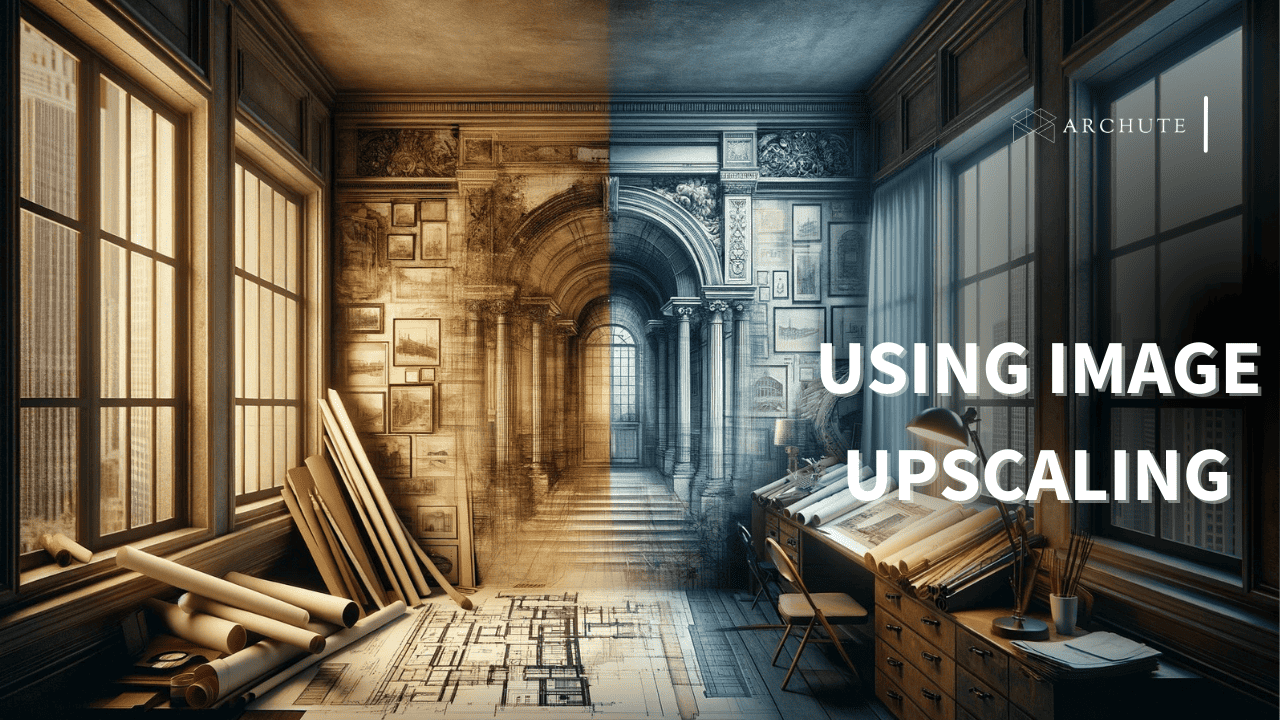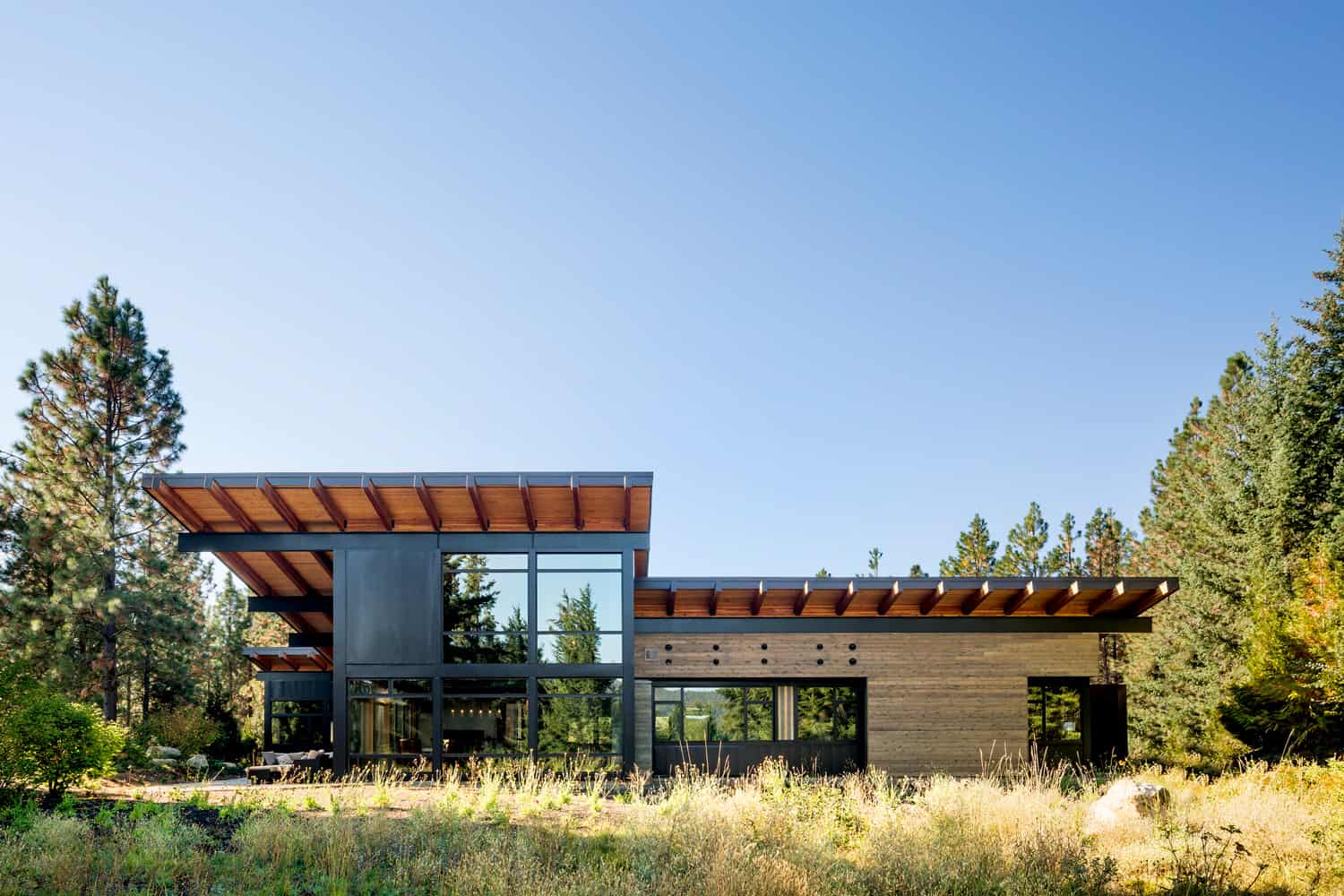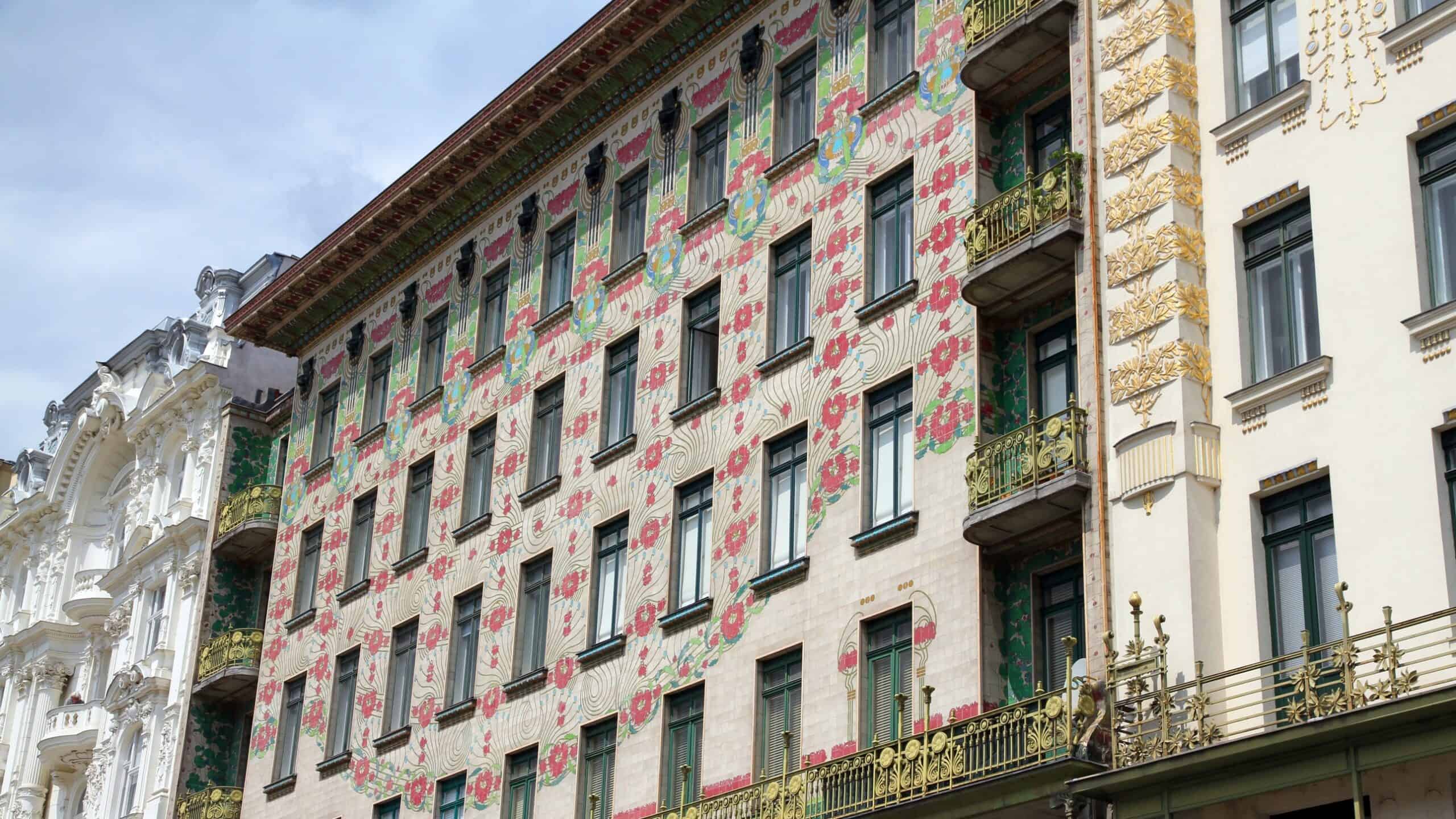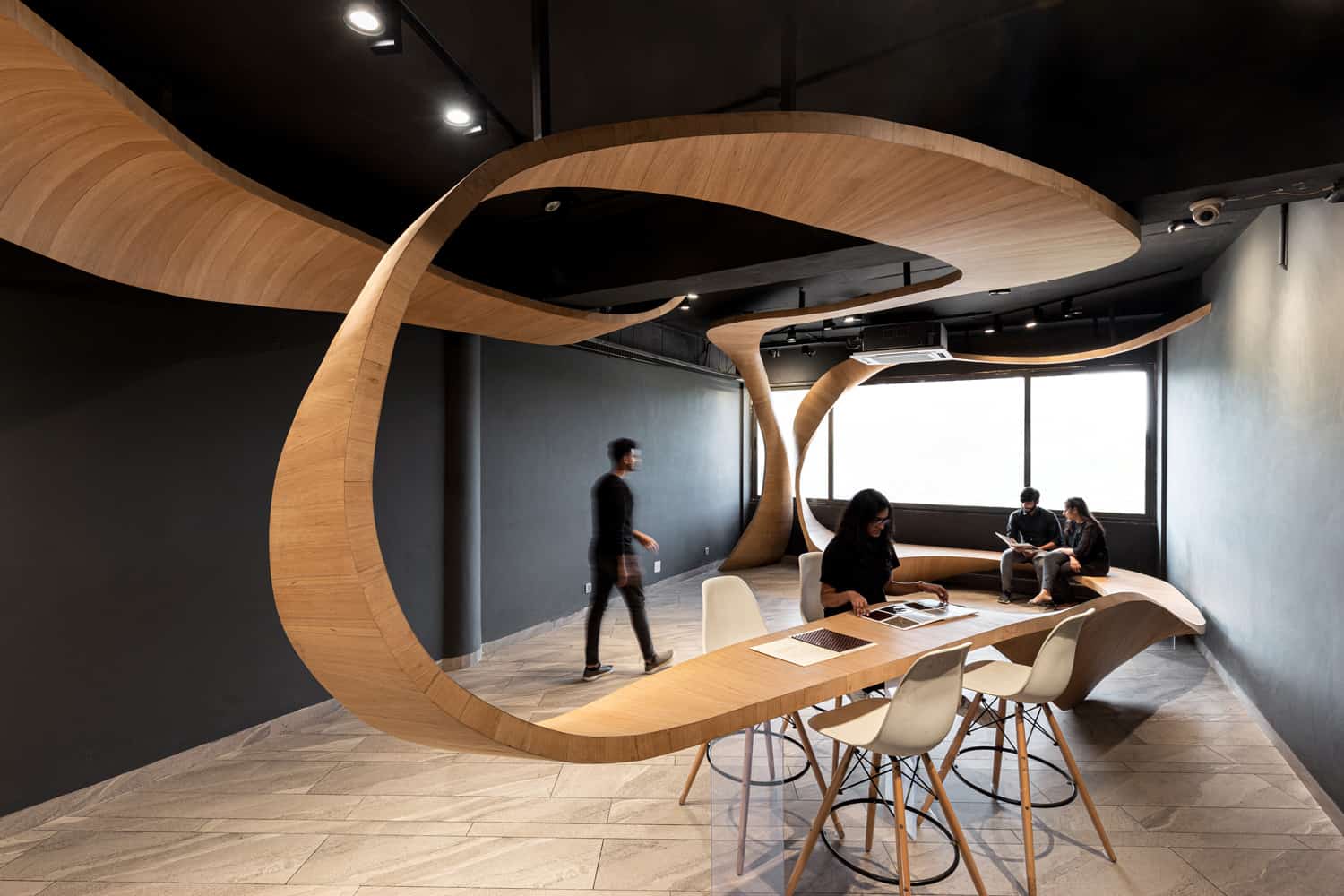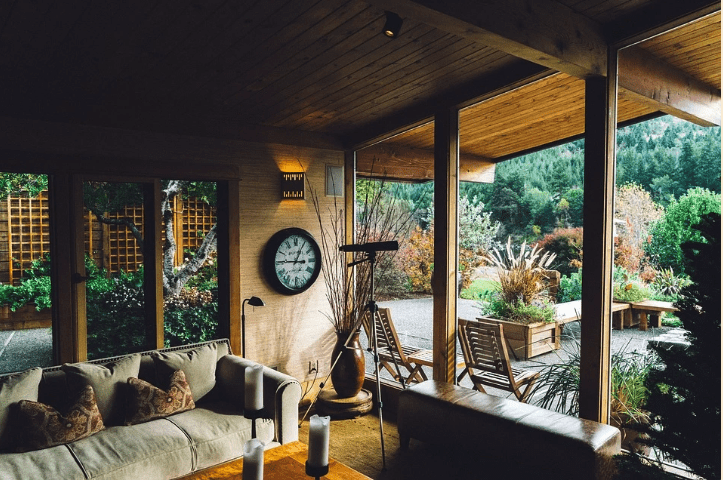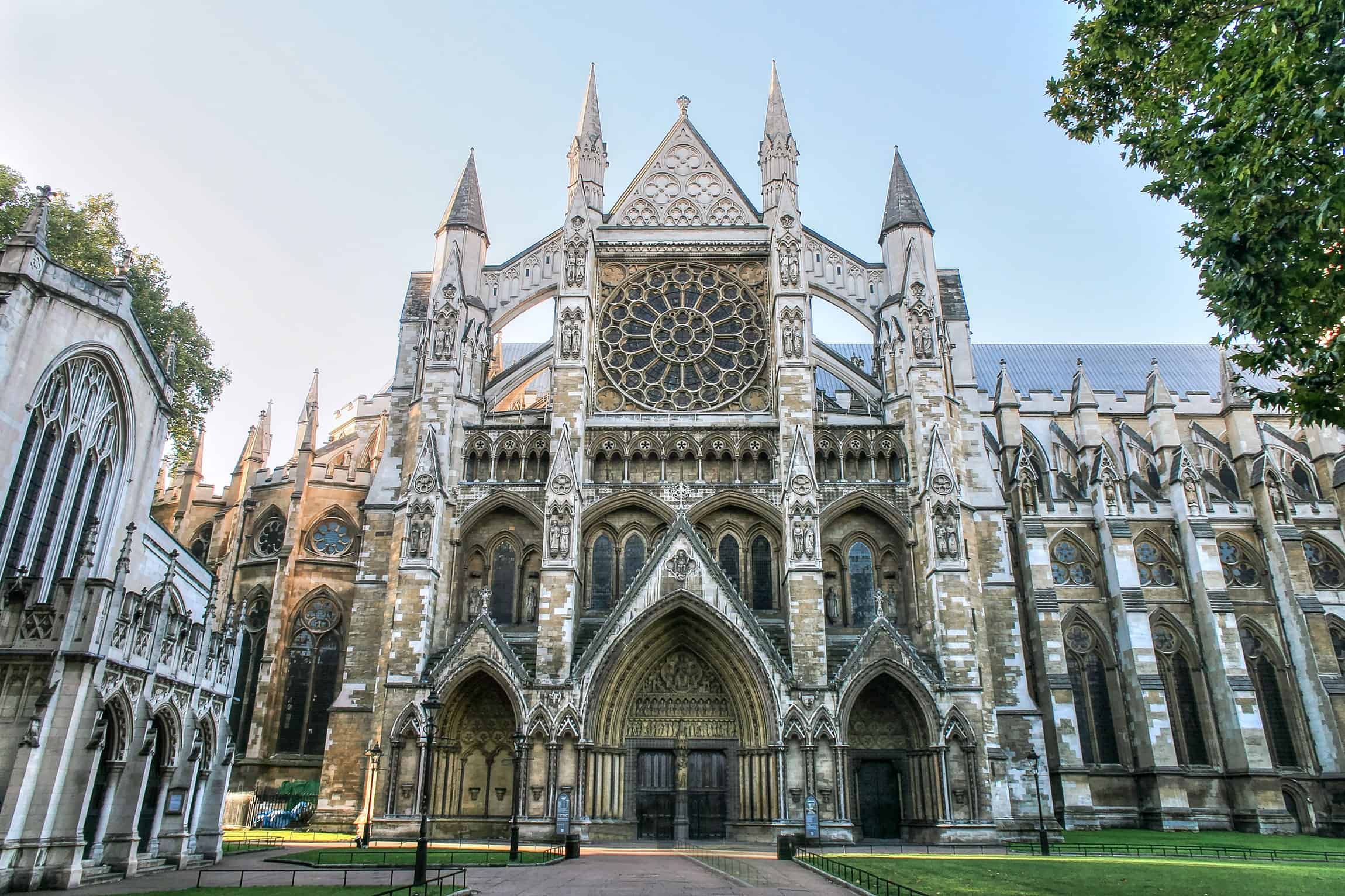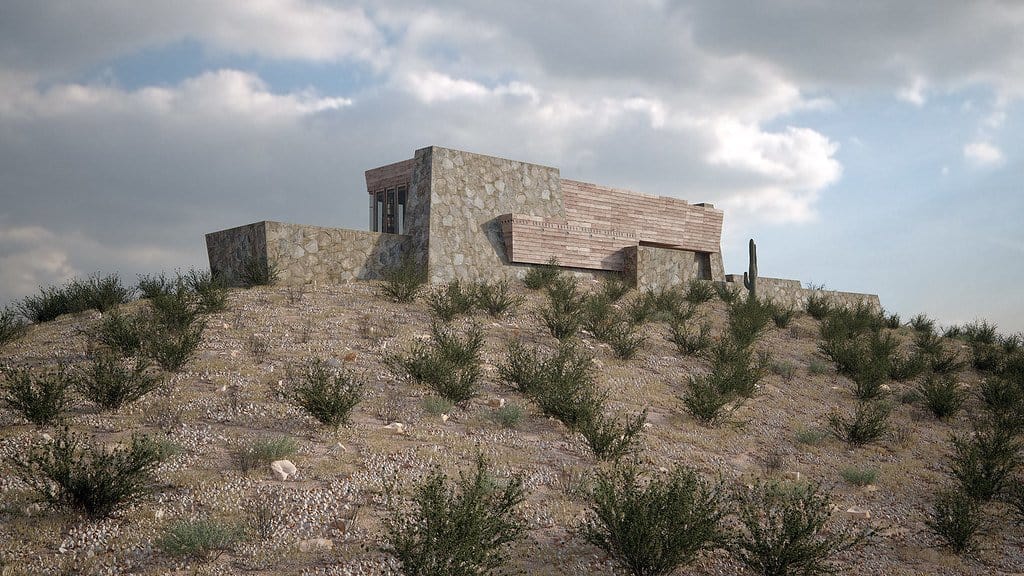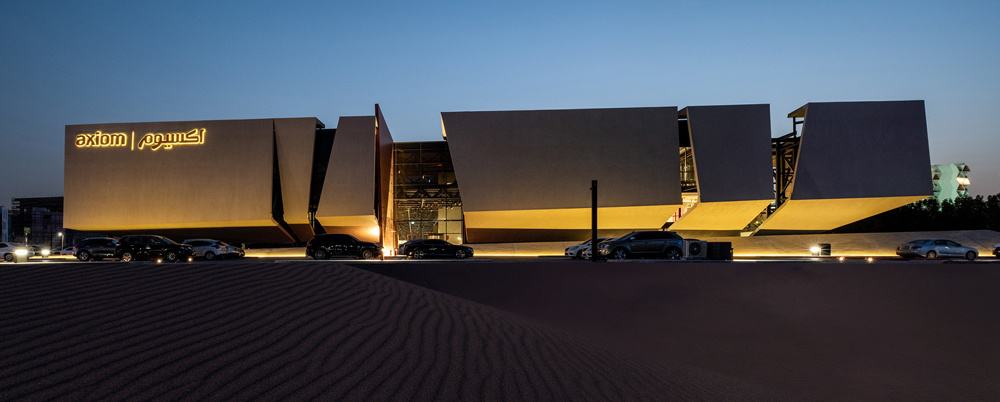In the field of architectural preservation, the fusion of conventional designs and contemporary technology offers a distinctive avenue. The use of an image upscaler is becoming a revolutionary means for digitally reviving and safeguarding older architectural sketches and pictures, injecting renewed vitality into our historic designs. This article explores the transformative influence of image upscaling and its relationship with the requirement to eliminate background noise in archival images, guaranteeing that our architectural legacy is not just maintained, but also honored in its most genuine form.
Understanding the Magic of Image Upscaling
At its core, the process to upscale image resolution involves enhancing the quality of existing images without compromising their quality. This process is crucial when dealing with old architectural images, which are often marred by the ravages of time – fading, blurring, or even damage. Image upscalers employ sophisticated algorithms to enhance the detail and clarity of these images, making them more suitable for modern applications.
The Process:
- Scanning Old Plans and Photographs: The journey begins with digitizing the existing physical copies of architectural plans and photographs.
- Applying Image Upscaling Techniques: Advanced software tools then upscale these images, enhancing their resolution and detail.
- Fine-tuning the Details: Post-upscaling, minor manual adjustments ensure the accuracy and clarity of the architectural details.
The Benefits:
- Enhanced clarity and detail in old images.
- Preservation of historical accuracy in architectural designs.
- Improved accessibility and usability for educational and restoration purposes.
The Role of Background Remover in Architectural Imagery
The use of a background remover plays a pivotal role in focusing on the essential elements of architectural imagery. By eliminating irrelevant or distracting background elements, these tools help in highlighting the architectural subject in its purest form.
The Process:
- Identifying the Key Elements: Determining the focal points of the architectural image that need emphasis.
- Removing Unwanted Background: Utilizing tools to remove background elements effectively eliminates non-essential components from the image.
- Enhancing Focus on Architecture: The resulting image foregrounds the architectural design, free from distractions.
The Benefits:
- Improved focus on architectural details.
- Elimination of extraneous elements that detract from the main subject.
- Creation of cleaner, more impactful images for analysis and display.
Reviving Architectural Masterpieces
1. The Restoration of Historical Cityscapes
- Before: Old cityscape photographs with low resolution and cluttered backgrounds.
- After: Upscaled and background-cleared images showcasing intricate architectural details with enhanced clarity.
2. Bringing Ancient Blueprints to Life
- Before: Faded and worn-out architectural blueprints barely legible.
- After: Crisp, clear, and detailed images of the blueprints, usable for educational and restoration projects.
The Future of Architectural Heritage Preservation
The integration of image upscaling and background remover technologies heralds a new era in architectural heritage preservation. As we continue to evolve these technologies, the potential for rediscovering and preserving our architectural past becomes increasingly tangible. We are not just looking at images; we are witnessing a resurrection of history, a digital rebirth of designs that shaped our world.
Looking Ahead:
- Continued advancements in AI and machine learning to further enhance image upscaling techniques.
- Integration of virtual and augmented reality to bring these restored images to life in a three-dimensional format.
- Broader application in educational curriculums, museums, and restoration projects, making architectural history more accessible and engaging.
Conclusion
The fusion of traditional architectural heritage with cutting-edge image editing technologies is not just a technical achievement; it's a cultural renaissance. By breathing new life into old designs, we ensure that our architectural history is not only preserved but is also given the dignity it deserves in the digital age. As we continue to blend the old with the new, we pave the way for a future where history and technology walk hand in hand, creating a legacy that future generations will cherish and continue to learn from.

